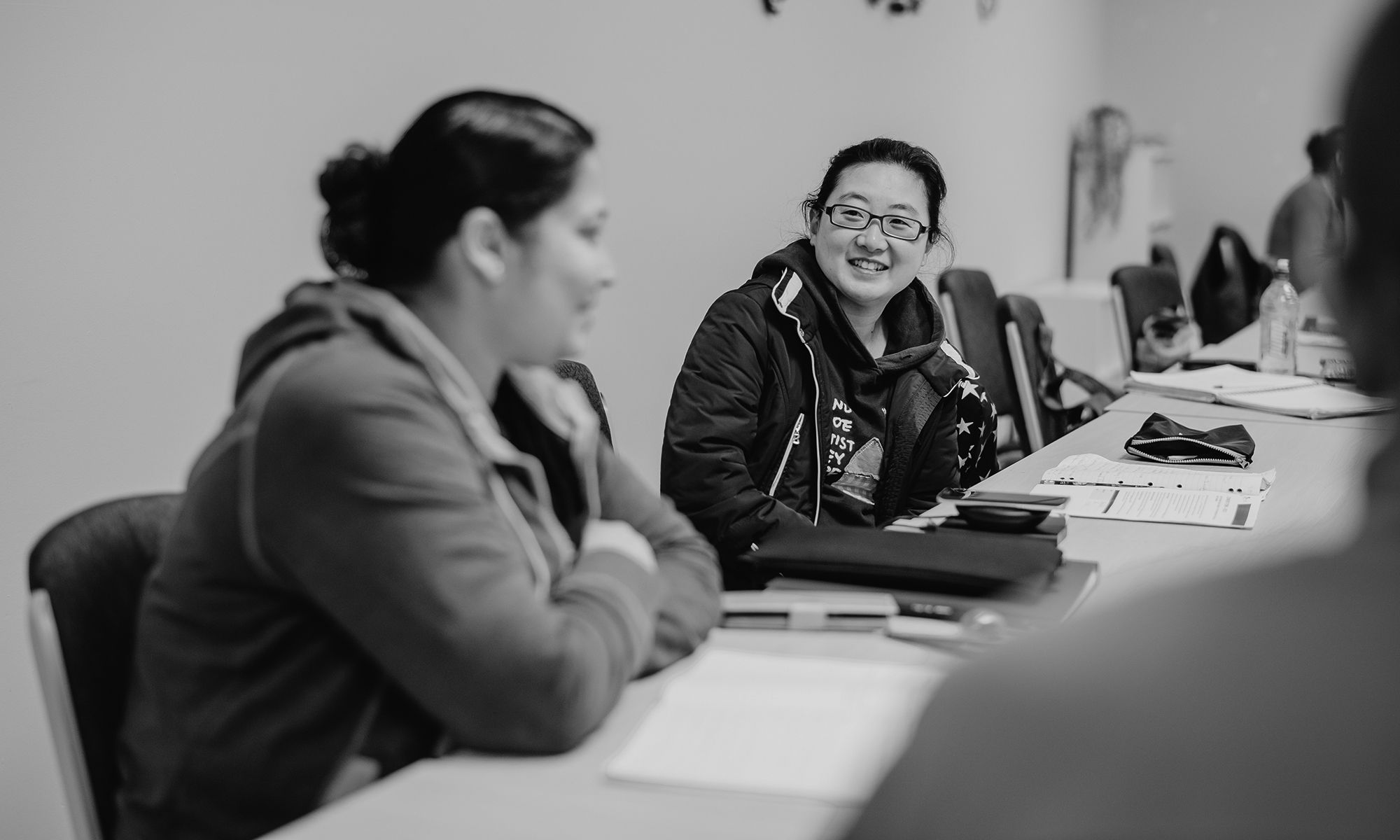Author: Jacqueline Lynch, York University, Toronto, Canada
Edition: Volume 53, Number 2, July 2013
Summary: The purpose of this study was to examine participants’ perspectives on how a volunteer-based adult literacy class supports the learning of adults with developmental/intellectual disabilities. Interviews were conducted with four tutors, three adult learners, and two coordinators and observations of the class occurred over a 6-month period during which the author was a tutor. The focus during this time period was on health and mathematics. Three major categories were identified: class organisation (goals and structure), teaching strategies and behaviours, and class activities. Based on these findings, several recommendations are presented including the need for further integration of adult learners’ out-of-school literacy activities into the class and for increased tutor knowledge of the adult learners’ disability.
Keywords: adult education, developmental disability, volunteers, literacy, health
![]()
![]()
![]()
![]() Share a copy of this abstract.
Share a copy of this abstract.
This article is part of AJAL, Volume 53_2. The entire volume is available in .pdf for purchase here.
